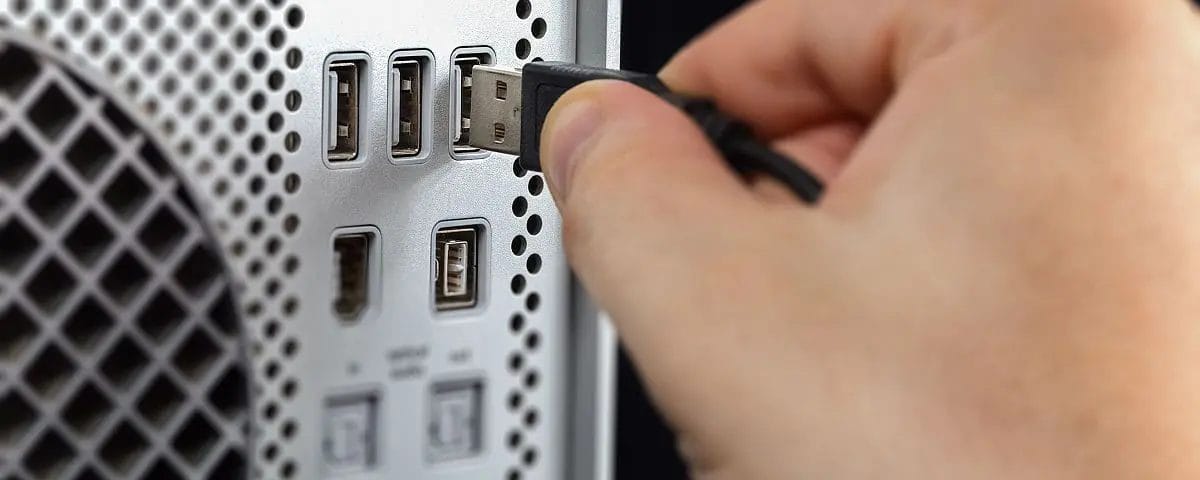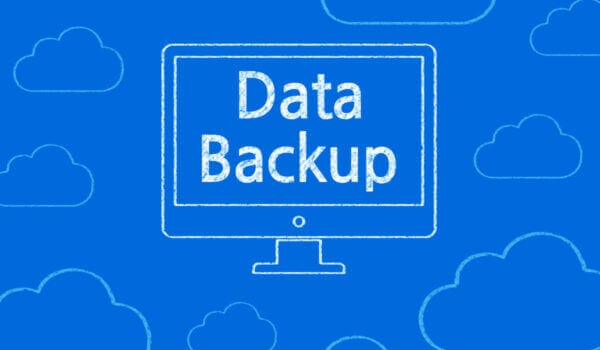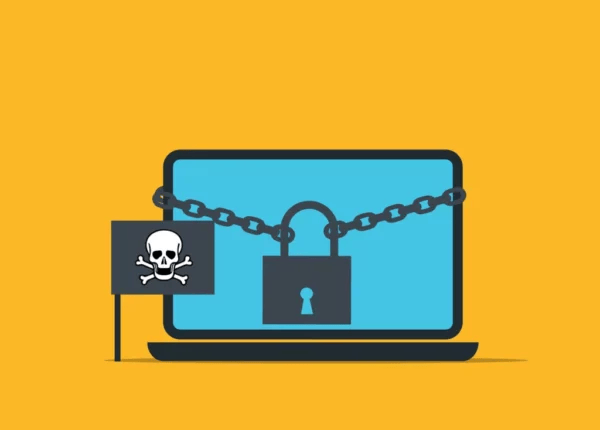Snapshotting: Beware Backup Providers That Penalise You for Slow Data

Backing up your business data is critical. But if you have a very large volume of data to back up, or slow internet access, or indeed both, then getting the initial backup done can be a churn that not only lasts days or weeks (you can calculate likely timescales here) but also drags down the performance of your IT across the board.
Clearly, this isn’t sustainable, so what you need is an initial method of backing up immense amounts of data that stays well away from all those core business processes and choked upload connections.
Then, once you’ve done that, you need a means of converting it into an online backup, but one smart enough to optimise the limited connection speed.
But is this even a thing? Happily, it is – it’s called snapshotting or seed backup. But sadly, choose the wrong snapshotting provider and you’ll be made to pay extra, penalising you for simply trying to responsibly back up your data in adverse connectivity conditions over which you have little or no control.
Is that fair? Read on and decide for yourself.
How snapshotting works best
Snapshotting is essentially one process that, at its best, generates benefits for both data backup and data restore operations (although some providers prevent it being used for the latter!)
This is how it all works. An external USB disk plugged into your server enables very large volumes of backup data to be loaded onto the disk and securely encrypted, with no upload bottleneck and no impact on the rest of your systems’ workings.
The backup provider uses this disk to upload the data directly to the cloud backup service’s datacentre. Subsequently, only the changes made to your data are transmitted to the online backup service. Result: the amount of data actually being uploaded is reduced and passes easily through even a slow connection.
So far, so good. But a slow connection can hamper downloads as well as uploads – and the ability to actually get to the backup data (i.e. to restore it into your systems) is dependent on the former. Again, for very large volumes of data, this is a gridlock waiting to happen.
This is where ‘reverse snapshotting’ comes into its own. The backup provider extracts your backed-up data from their online backup and copies it to a disk (encrypted of course), enabling it to then be plugged into your server and rapidly restored into your systems.
Snapshotting subverted: lifesaver becomes money-spinner
For many businesses that want to benefit from the security, resilience and reliability of online backup, but are hamstrung by data volume and connectivity issues, snapshotting can thus be a real lifesaver.
Unfortunately, it hasn’t taken long for some providers to cut back on the value proposition to save a few pounds and make your life more difficult in the process.
In the example above, for instance, some providers make backup data unrestorable from disk, forcing you to restore the data from the online backup – whether your connection is fit for the purpose or not. Helpful.
Equally, some providers monetise snapshotting rather unscrupulously. A single snapshot will typically see your business being charged at least £250 – so you are effectively being made to pay for giving your permission for your data to be migrated from your systems to theirs, so that they can continue to charge you for it going forward. Talk about double bubble!
Plus, if your provider is USA based then you may have to wait weeks for your disk to arrive. Not great if you urgently need to restore your data.
The plot thickens when you consider that online backup providers can also easily ‘throttle’ (i.e. cut the connection speeds of) the backup services they provide, potentially inflicting
deliberately slow connectivity on users in order to push them towards paying for snapshotting – downright rude, given that throttling enables providers to save on costs in the first place.
Don’t make a snap decision on snapshot
Other snapshotting horror stories abound. A UK user of our acquaintance whose German-based backup data centre lost a disk in the post, for example, and who therefore had to wait ten days to receive and restore his critical data (after paying several hundred pounds for the privilege) is now our customer, not theirs.
In short, he realised what many still need to: that there’s snapshot and there’s slipshod, and no business should be footing the cost for either.


